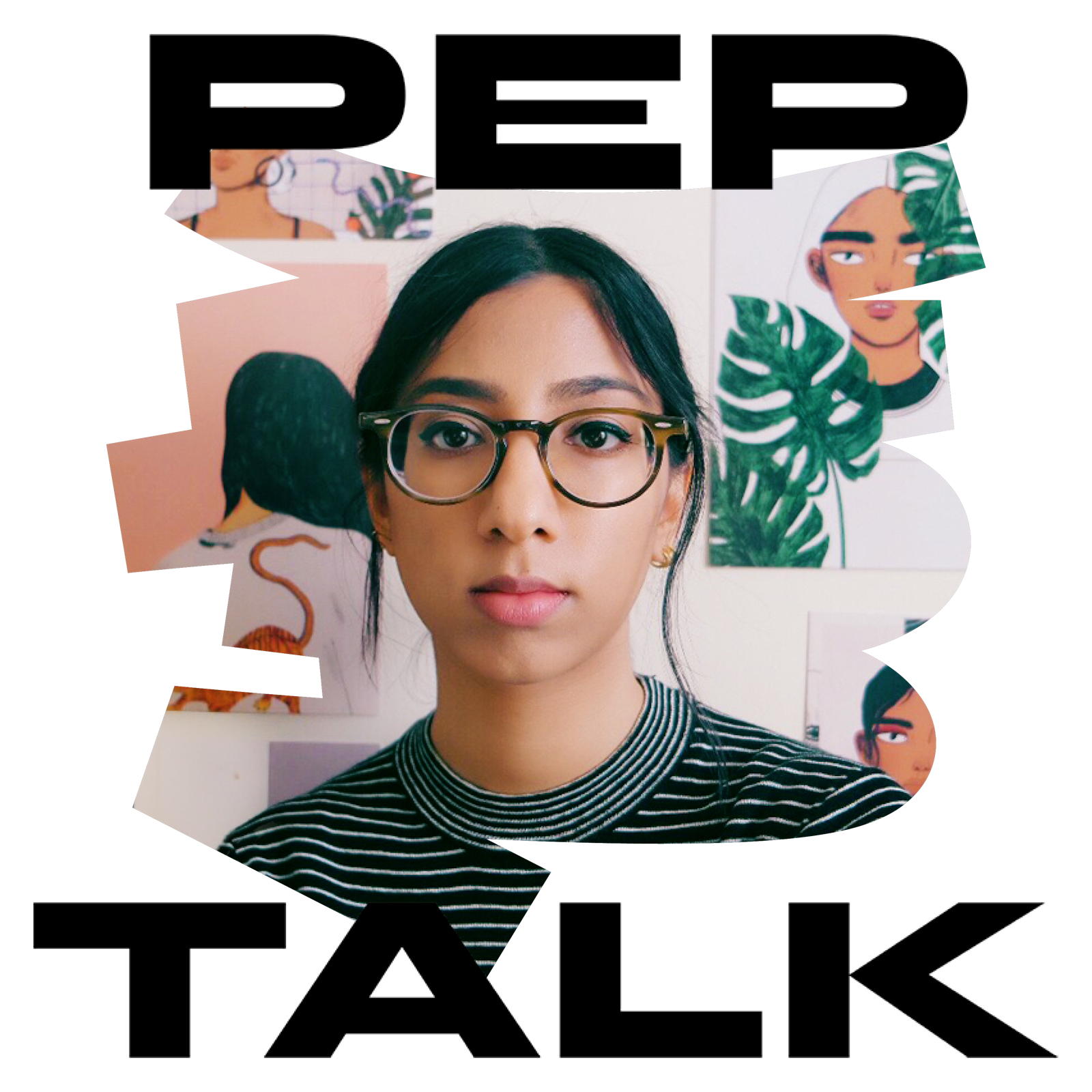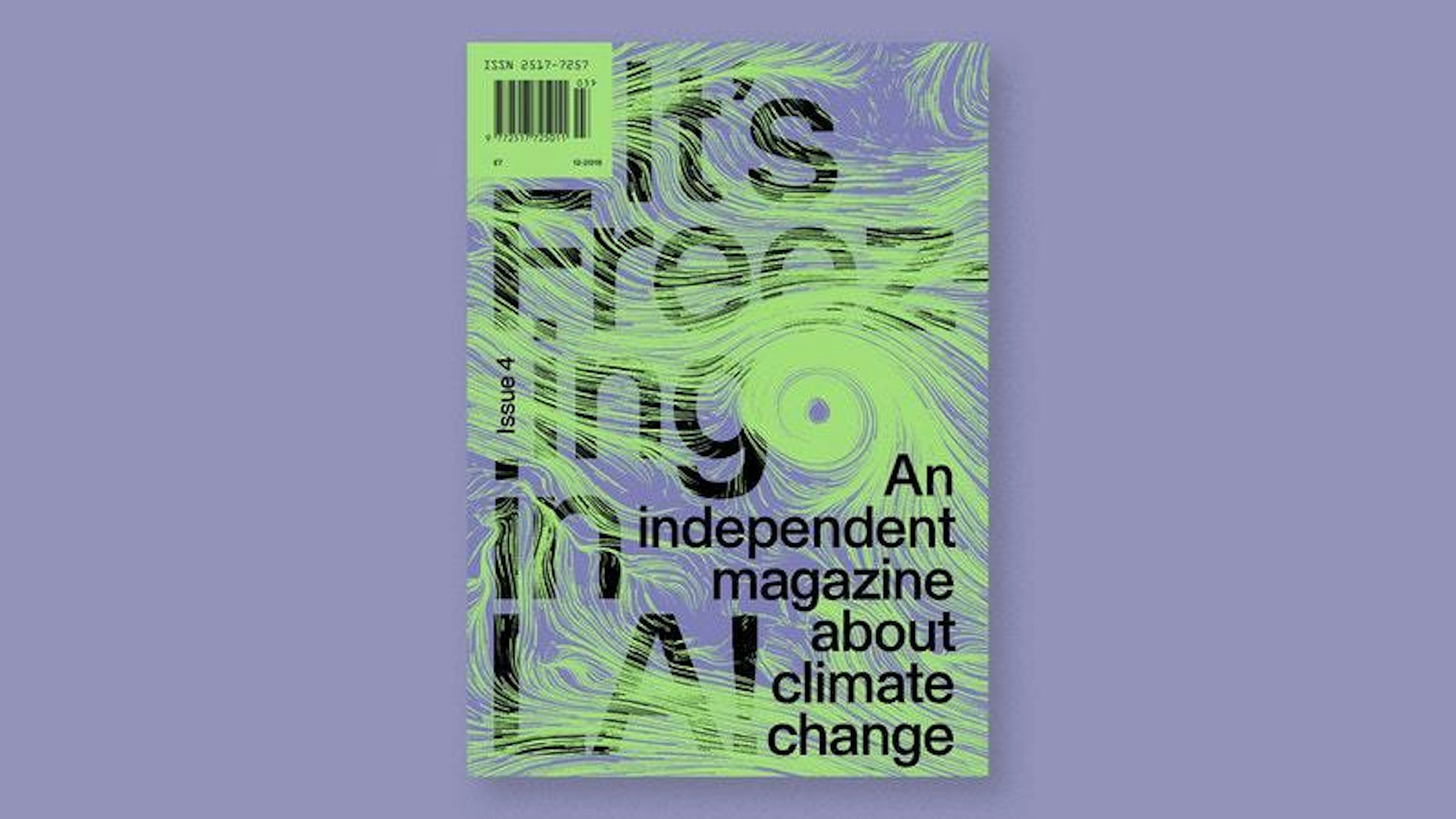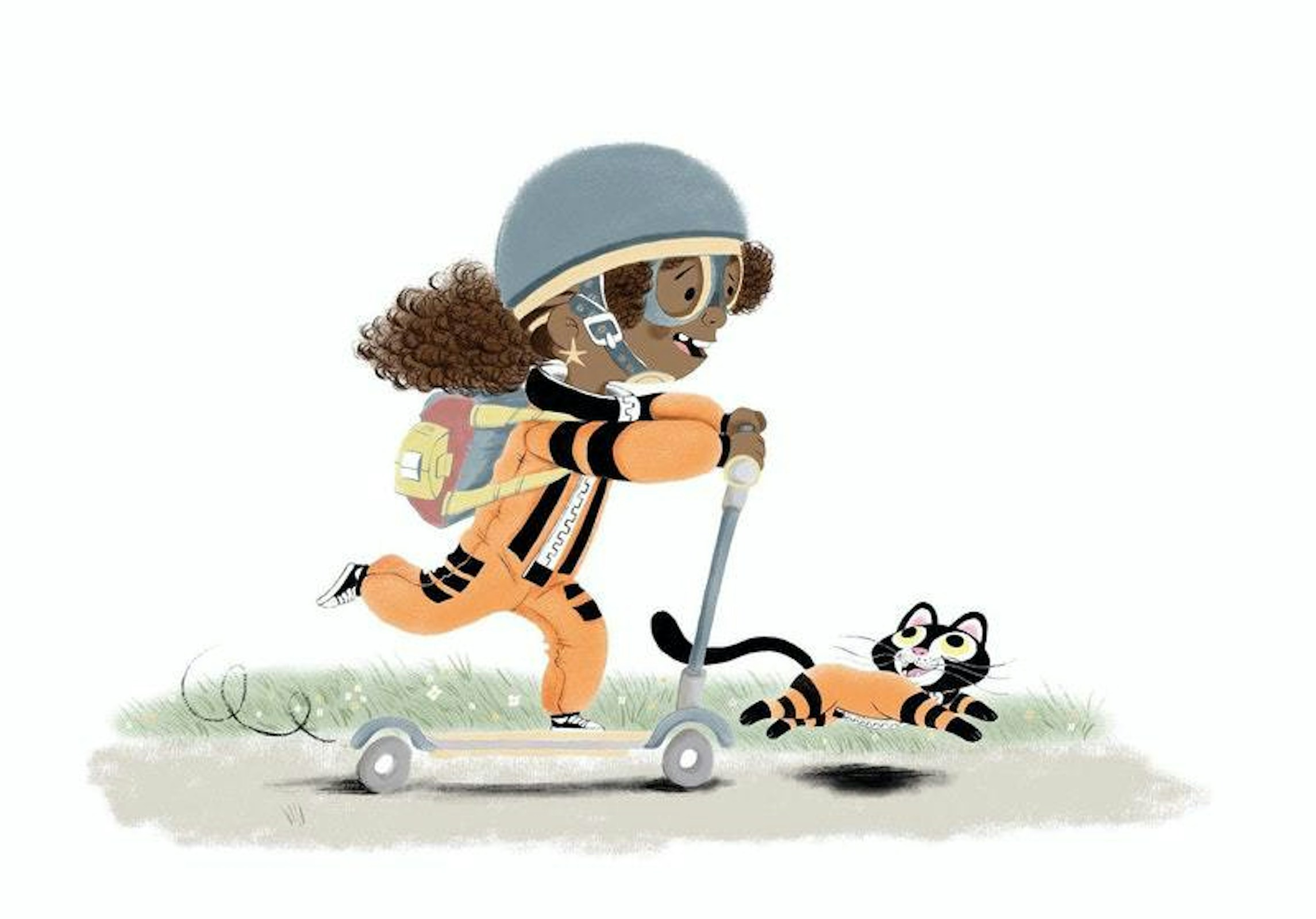Marion Deuchars on how she created her new book, Bob’s Blue Period
In 2016, illustrator Marion Deuchars introduced a little bird called Bob to the world. This month, she brought back the artistically-inclined, curious and sublimely sweet character in Bob's Blue Period – a children's book inspired by Picasso's well-known artistic phase. Written and illustrated by Marion, the process saw her draw on a whole range of artistic inspirations including Jackson Pollock to Michael Jackson and her own family. Here, she walks us through the several stages of production – from scrutinising the story and planning out pages, to drawing Bob to life with her inimitable use of colour and ink.

Project Background
Bob's Blue Period is my second book about a blackbird called Bob. My first picture book for children, Bob the Artist, was published by Laurence King Publishing, and revolves around the story of how Bob, who is teased for having skinny legs, decides to change himself through the power of art and finds his own confidence.
I had already pitched the idea of another book about Bob to Laurence King, and we agreed that there should always be an art link with the stories. In this new book, Bob loves to paint pictures with his best friend Bat. But one day Bat goes away and Bob is sad. He tries to paint, but everything he paints is blue!

Writing the story
I wrote the story for Bob's Blue Period on a City Lit weekly writing workshop run by Lou Kuenzler. The workshop give you the opportunity to test out stories to an independent audience. If your story does not make sense or resonate with the group, there is a fairly high chance that the general public won't get it either.
“On the writing course, we talk a lot about COG: character, obstacle and goal. Most stories need to have this to work.”
It can be quite brutal and daunting, and my first attempt, (a short story called Bob and the Worm) flopped, and was met with much constructive criticism. You have to be quite strong to take this kind of critique, but it’s exactly why the workshop is so good. I lost my confidence with that first experience, but it did make me work harder.
On the writing course, we talk a lot about COG: character, obstacle and goal. It's a really useful tool, as most stories need to have this to work. I would write a quick idea, then apply COG to see if it could be explained in this simple way. It's surprising to discover that if you can't cover these elements, then you may not have a story at all. I also looked at Pixar's advice on how to tell a good story.
With this book, I used Picasso's Blue Period as inspiration for the title, and then tried to write a child-friendly version of the story, echoing how Picasso started his Blue Period after the loss of his close friend, Carlos Casagemos. In my story, Bob also loses his best friend Bat, and I tried to show how this would affect his everyday life. He paints all his pictures blue, but it does not stop there, he starts painting his friends and surroundings in blue too.
After I wrote the story, it was shaped and developed with the publisher. The team consisted of myself and the editors at Laurence King, who were involved in the refinement of the story and images throughout the production of the book. I work better when I’m receiving regular feedback and mini-deadlines. They would advise on what was or was not working, which kept the project moving forward in the run-up to its release date.

Planning the pages
The next step was to try and fit the story into a 32-page picture-book format, drawing it into little squares in my sketchbook. An average picture book is between 500 and 900 words – so not that many! Stories over the years have become shorter and shorter (like our attention spans).
As a rough guide, in the middle of the book, on a double page spread, there should be a bit of action or something interesting going on! I used this as a prompt to make something dramatic happen in the story.
Once I had a few images put together with the story, one of the editors, Natascha Biebow made a final check through the story and see if anything was not working. She pointed out a few issues with the story that might confuse children. One of those points was that children might not understand that 'blue' means sad. I tightened up the text and showed an example of how the colour blue can represent sadness in a more visual way.

Bringing Bob to life
I try to get into Bob's character when I draw him. Often I use a specific reference; If I want him to dance I'll find some pictures to help. In this book I looked at Michael Jackson to inspire Bob's dancing. When I drew Bob painting with his best friend Bat, I used the reference of Jackson Pollock painting on the floor with Lee Krasner in the background. I like to reference things like this, even if no one notices!
Most of the drawings for the book are made with black ink and watercolour paper. For the full colour images, I use colour watercolour paint and watercolour paper. Sometimes I change the colour in Photoshop and play around a lot with layout and scale. Many of the drawn elements are pieced together in Photoshop. For example I'll draw Bob but might draw his eye and legs separately. I draw multiple images of the same idea and choose ether best. All the lettering for the story is done by hand. I try to treat the text like an image. It has to 'fit' the page and work harmoniously with the image.
I tend to use myself, my children and my dog as character inspiration. On the page where I say Bob and Bat do everything together, I looked at my two sons playing a game on the screen. In their heads, they are playing together, even though from my perspective, it doesn't look like it! I used that idea to make Bob and Bat play on a PS4, both totally engrossed in their game but barely acknowledging each other. Alongside them playing cricket together and dancing together, I thought that this was equally important to represent how today’s children actually play with each other too.
On the page where Bob is feeling sad because he is missing Bat, I had him slumped on an orange chair. I used that as inspiration for Bob, too. We have that chair in our house and our dog is always flopping over it in a forlorn way with his head hanging over the side or lying upside down on it.
"I try to get into Bob's character when I draw him. In this book I looked at Michael Jackson to inspire Bob's dancing."



I always aspire to make my images as simple and as graphic as possible. I'm not so good on detail as I don't have the patience or skill to make lots of complex imagery. You have to work to your strengths. For example, if my characters are in an interior scene, I'll try to represent that room in the most minimal way possible to avoid having to draw furniture or perspective. But I actually found it quite difficult to keep this book as minimal as I'd like. Some scenes just needed a lot of action on the page due to the story.
“I always aspire to make my images as simple and as graphic as possible.”
I did however, manage to make some of the spreads more symbolically complex. For example, I used a huge Hokusai-inspired wave to represent the idea that Bob's whole world had turned blue. Equally, when I showed Bob and Bat's world turning into colour again, I used a page of colour blobs to to give an abstract interpretation of them mixing up colours on their palette. I had fun making the dream sequence for Bob; there are references to Salvador Dali, with ants and eyes. I liked the idea of Bob riding a banana through the sky and beret's with legs. I suppose anything goes in a dream sequence!

Finishing touches
There is an idea that producing a children's book is fairly easy. After all it's only, on average, 32 pages and 500 words. My previous art activity books for Laurence King were quite complex. With the children's books, I work on the page design for much longer, preening the text and refining the imagery.
“There is an idea that producing a children's book is fairly easy, but it's actually quite complex.”
The final artwork was delivered in layers as Photoshop files. I tend to work in colour separations as many of my books are printed with specials or Pantone colours. Bob the Artist is printed in CMYK with an extra reflex blue (blue is the hardest colour to print CMYK.) I gave it to a graphic designer Vanessa Green, to clean up and get ready for print. Vanessa not only cleans up the artwork but adjusts my RGB files into CMYK. When converting RGB to CMYK, many colours change quite dramatically, so she made sure that the colours print as true to my original files as possible.
The cover of the book is left until last. After I mocked up many versions of the cover, we had a group meeting with marketing, the art director and editors at LKP, who chose what they think is the strongest cover. Luckily this one was resolved quite quickly.


Delivery
From handing in final artwork, it takes about six months before I have a book in my hands. When it comes back in book form, it looks very different compared to seeing print-outs or on screen and you get a kind of 'surprise' to hold it in your hands. If all has gone well (with print) then it's a good feeling.
For me, the biggest challenge was keeping it simple and making the story engaging. My timings on this project were also pretty tricky as I was working on another project at the same time, and found it difficult to make the book's original deadline in 2017. If I could do anything differently, it would be to manage my time better and be more realistic about how much work I'm able to produce. But in the end, my editor was really good about making sure I was happy with the work before handing it in for print.
I'm happy with the final outcome of the book, and I think my publisher is too. However it's a book not a personal project, and it has to sell copies for it to be considered a success, so to a certain extent, I will have to asses how well it does based on sales.

Interview by Marianne Hanoun
Mention Marion Deuchars
Mention Laurence King Publishing











